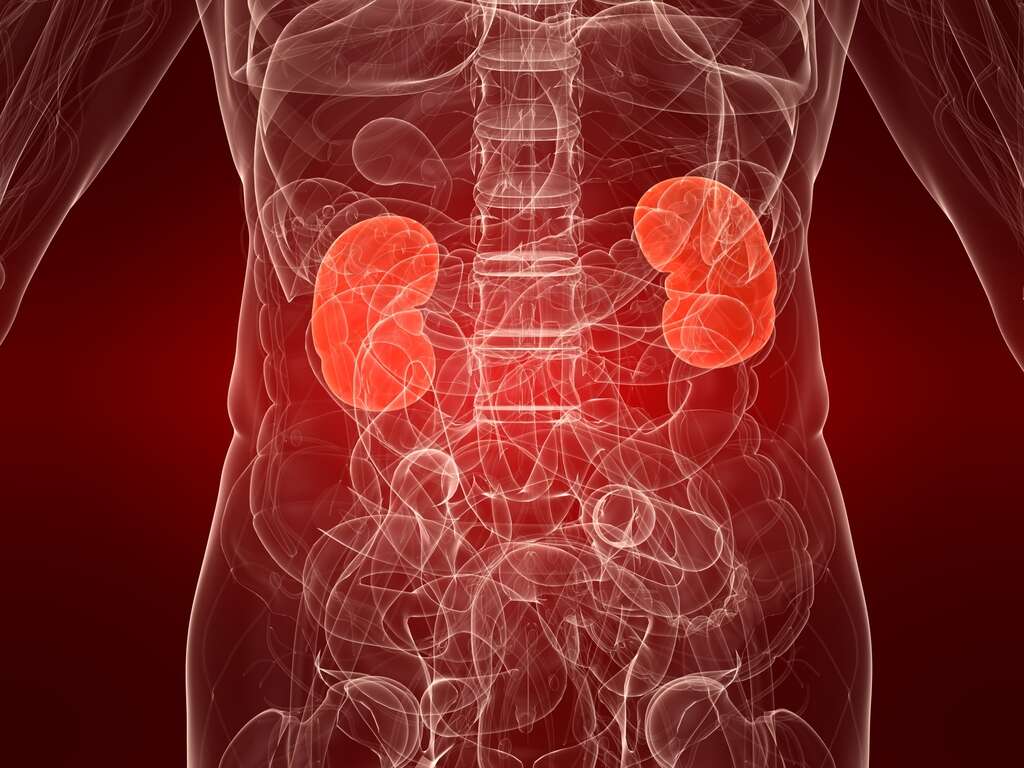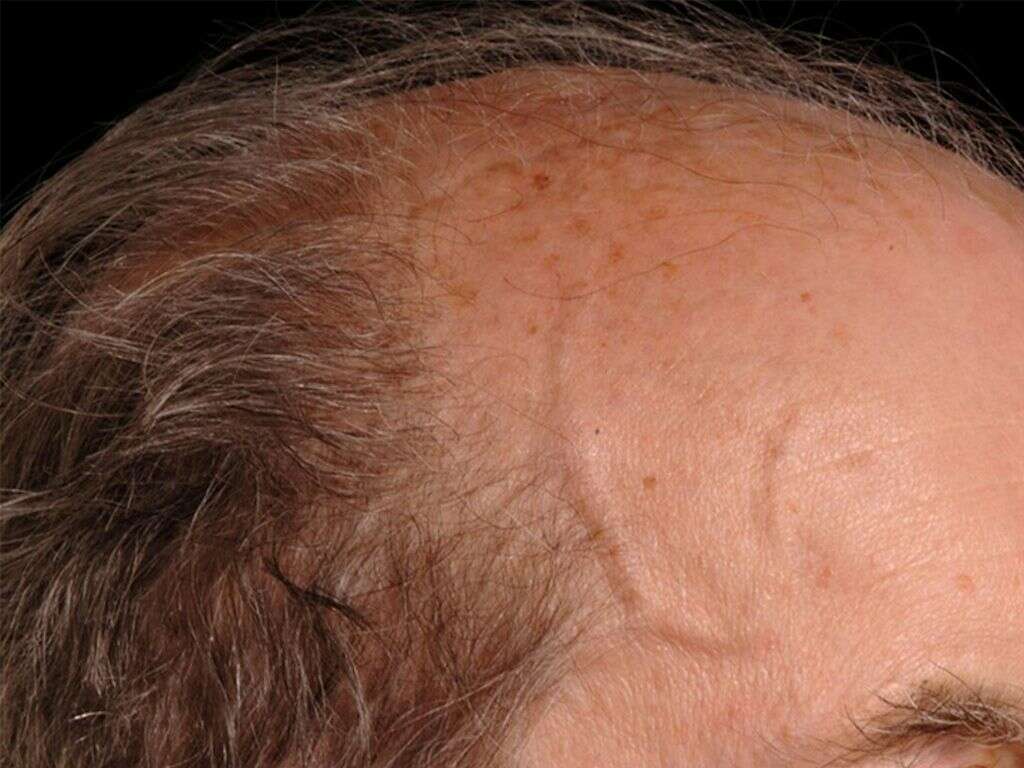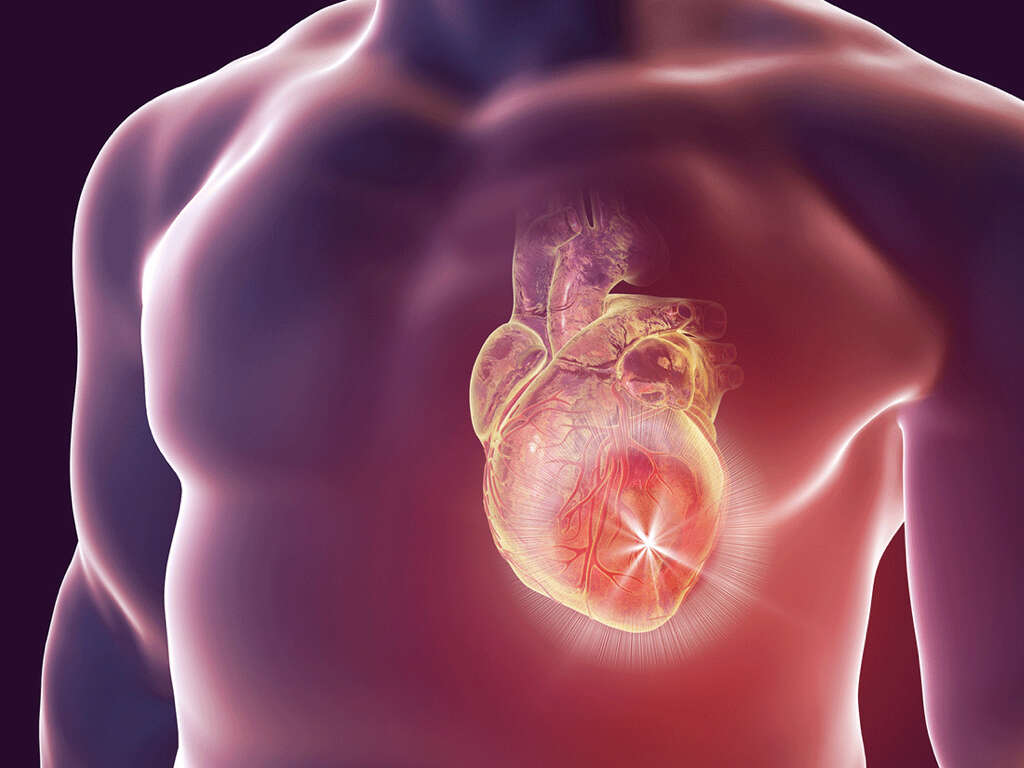10 Temporal Arteritis Symptoms
Temporal arteritis, also known as giant cell arteritis, is a difficult condition that’s marked by an inflammation in the cells that line the arteries. The inflammation causes the cells in the arterial walls to become much larger than normal, which can lead to serious problems. The condition most often affects the arteries of the head, particularly the temporal arteries, which are located in the temples. This is the reason why it is sometimes called temporal arteritis.
Giant cell arteritis causes a wide range of symptoms that can vary depending on which arteries are affected and their location. The symptoms are generally focused around the head, but they can affect the entire body. The condition may even lead to death if it causes a stroke.
If the condition is detected, seek treatment immediately before more serious complications develop. Once treatment has begun, it’s important to keep checking in with a doctor to prevent any relapses and to manage any other symptoms that might emerge. If you notice any of the following symptoms, then it’s a good idea to seek medical attention.

Symptom #1: Headaches
A headache is one of the commonest symptoms of giant cell arteritis. About two-thirds of people diagnosed with the condition will experience some sort of headache. The headaches can vary in intensity and type.
They generally tend to develop quite quickly—within only one day—but they have been known to gradually grow in intensity over a period of days or weeks. Depending on which arteries are affected, the headache can be on one or both sides of the head. The pain will generally be focused toward the front of the head rather than the back.

Symptom #2: Tenderness
A common symptom for people who have temporal arteritis is tenderness of the skin on the scalp and head. The tenderness is most often located around the temporal arteries.
The inflamed arteries may actually be felt underneath the skin. In serious cases, the arteries can become so inflamed that they are visible in a mirror.

Symptom #3: Pain in the Jaw
A symptom that affects almost half of the people who suffer from temporal arteritis is pain in the jaw muscles. This pain generally becomes apparent when chewing food, and it dwindles or goes away completely when not eating.
The intensity of the jaw pain can vary greatly depending on the amount of inflammation and which area is affected.

Symptom #4: Loss of Vision
Many people experience some degree of vision impairment when suffering from temporal arteritis. They experience either a partial or a complete loss of vision, which can last a few days or become permanent. It’s often an early indicator of the condition and can develop into full-on blindness if the condition is not treated.
The vision loss is not often accompanied by any physical discomfort. In some cases, it affects only a single eye, and it simply seems like the patient is being cast into shadow. However, as the condition develops, it can spread to both eyes. This is one of the most serious complications associated with this condition and sadly, once it appears it usually cannot be reverted and the blindness becomes permanent. Therefore, if you are suffering from vision loss, you should seek medical attention as soon as possible.

Symptom #5: Fever
Many patients who suffer from temporal arteritis experience some degree of fever. A fever is the immune system’s response to pathogens or bacteria. However, in the case of temporal arteritis, a bacterial infection is not necessarily involved.
In this case, the fever is associated with a generalized or systemic inflammatory response that accompanies this disease.

Symptom #6: Joint Pain
A complication that often arises in giant cell arteritis is polymyalgia rheumitica (PMR). PMR is caused by inflammation of the muscles, and it occurs in almost half of the people who have giant cell arteritis. It’s unclear why people suffering from giant cell arteritis also develop PMR.
The symptoms of PMR are pain, tenderness, and stiffness of the proximal joints. However, pain and discomfort can spread beyond the area of the head. It can affect the shoulders and upper arms and even spread to the hips.

Symptom #7: Loss of Appetite
It is fairly common for people suffering from temporal arteritis to develop a loss of appetite. They consume a significantly lower amount of calories on a daily basis.
Regular meals suddenly seem unappealing, and patients lack the capacity to eat as much as they normally would. If the symptom goes untreated, weight loss and malnutrition may develop.

Symptom #8: Eye Pain
One of the known ophthalmologic symptoms associated with temporal arteritis is eye pain. Depending on the blood vessels that are compromised, this disease may cause several ophthalmic symptoms, such as eye pain, blurred vision, and double vision.
It is important to seek medical attention if any of these symptoms appear in order to prevent further complications.

Symptom #9: Malaise
Malaise is described as the general feeling of being unwell. It is a weird and difficult feeling to describe but it is associated with having less energy and feeling fatigued. This is a non-specific symptom that can be seen in many other conditions.
In patients with temporal arteritis, this symptom may be associated with the systemic inflammatory response seen in these patients. Anemia is another known condition that is fairly common in patients with temporal arteritis and can cause malaise to appear.

Symptom #10: Dizziness
Patients with temporal arteritis may experience dizziness depending on the blood vessel that might be affected. If the inflammation affects the posterior vertebral arteries, this could compromise the blood flow to the brain resulting in dizziness and vertigo.
If the inflammation is severe enough, it can cause transient ischemic attacks (TIA) and even cerebrovascular accidents (CVA).










